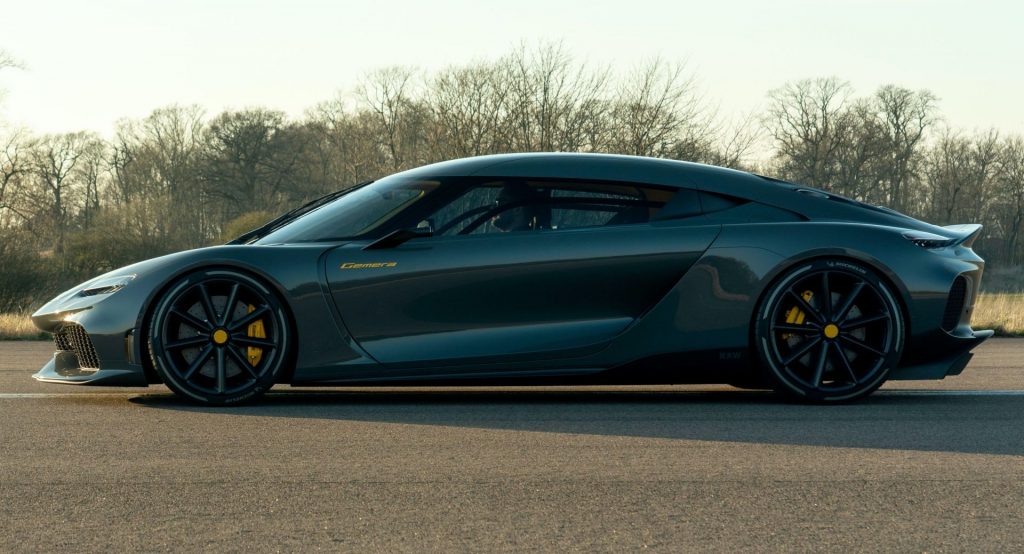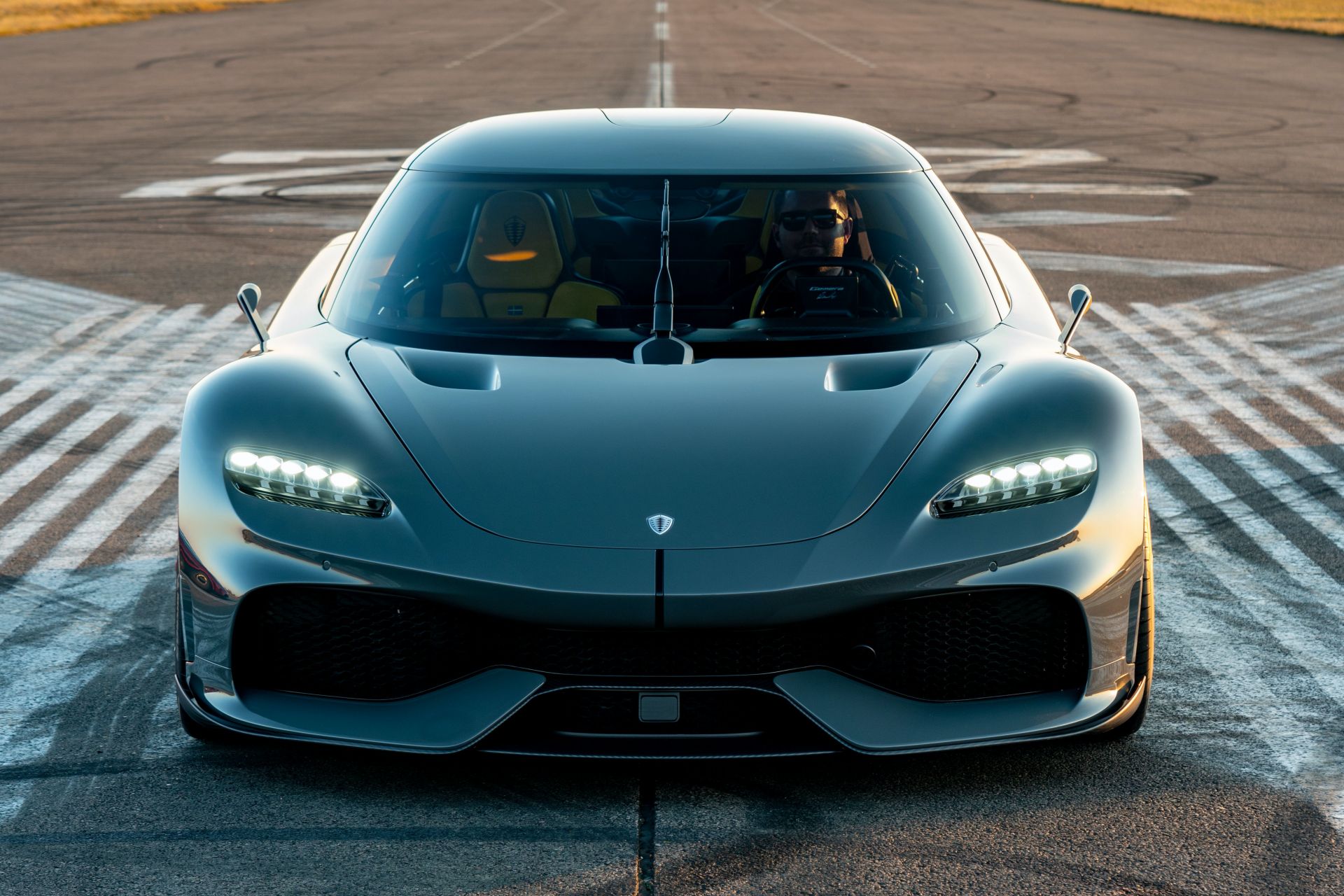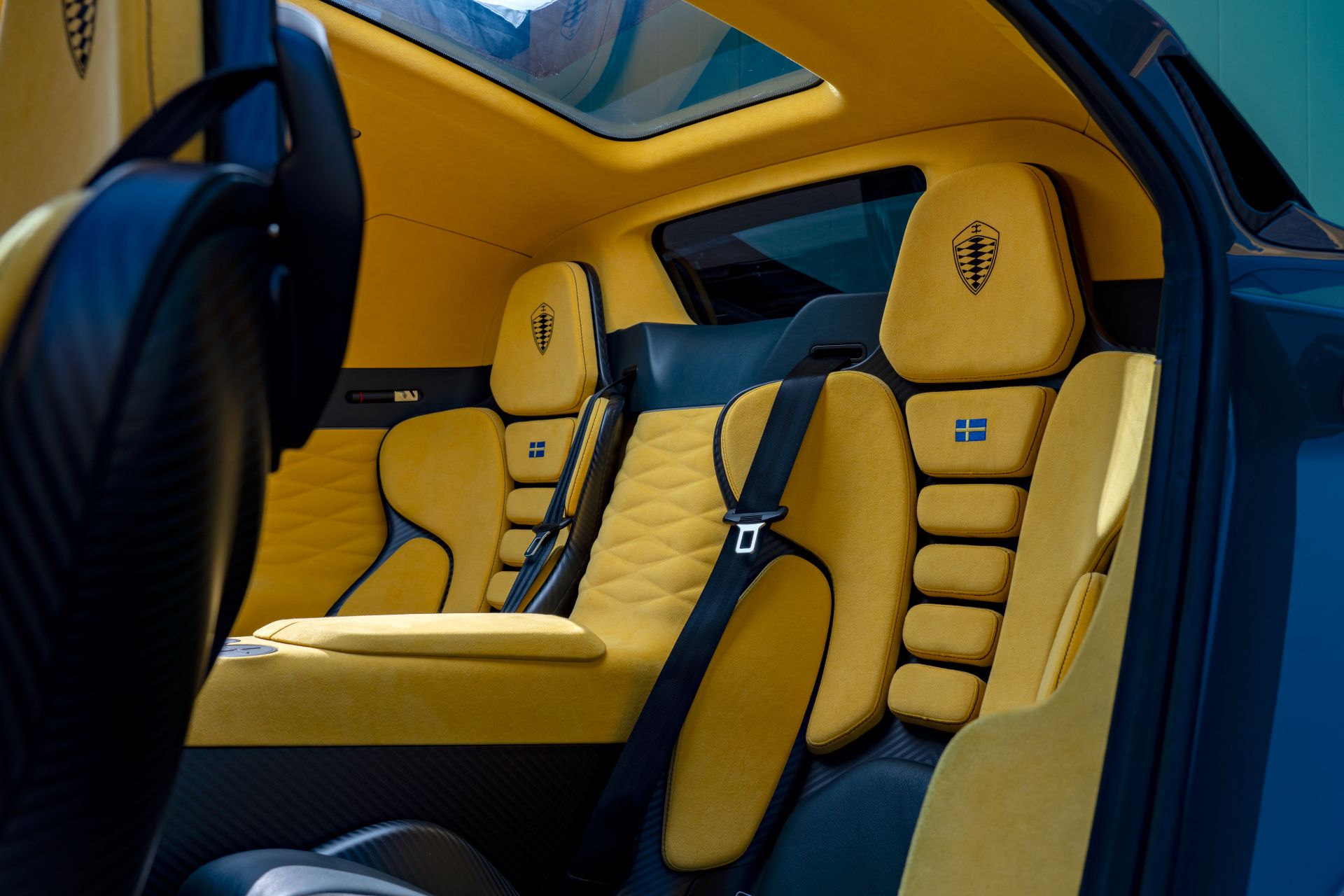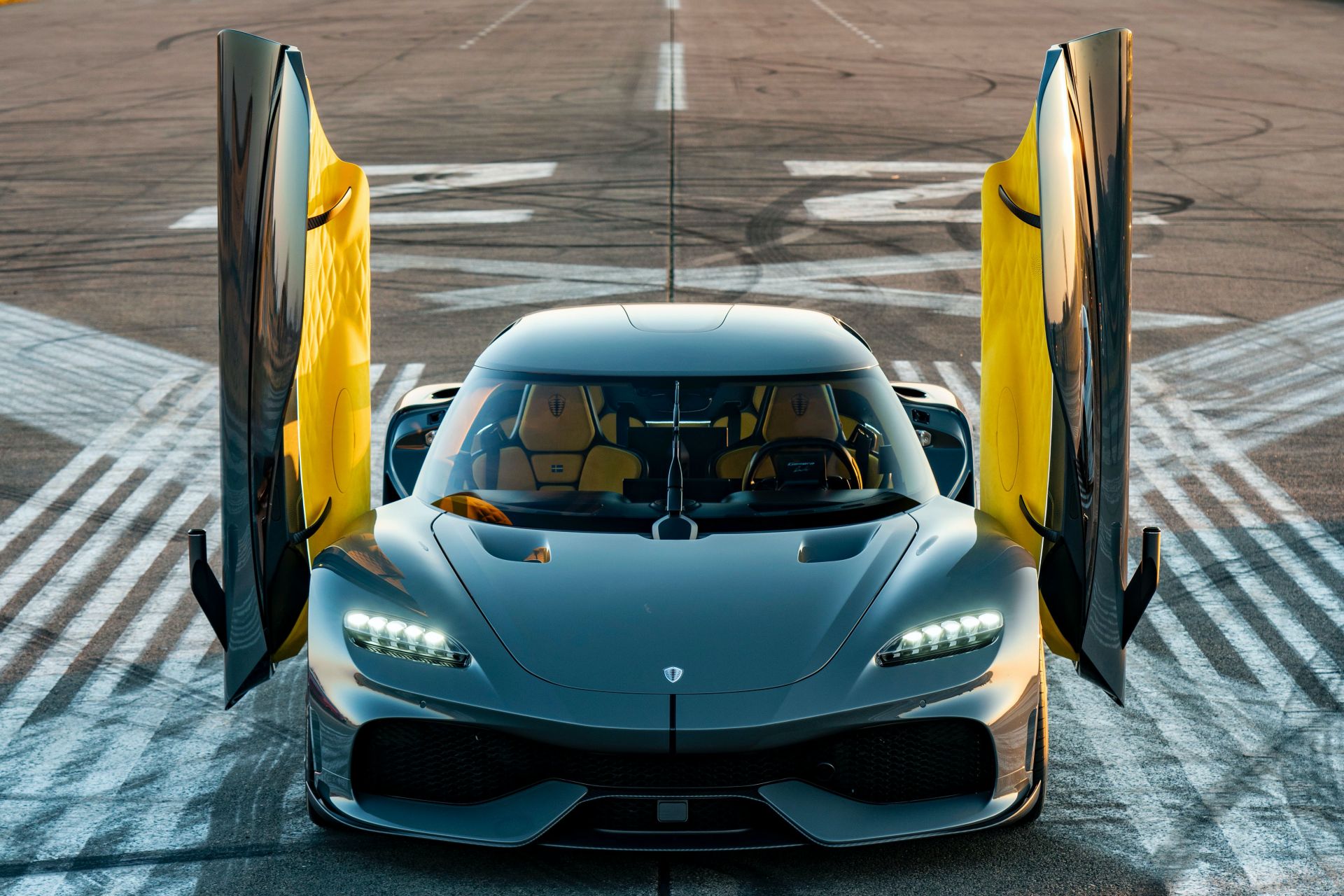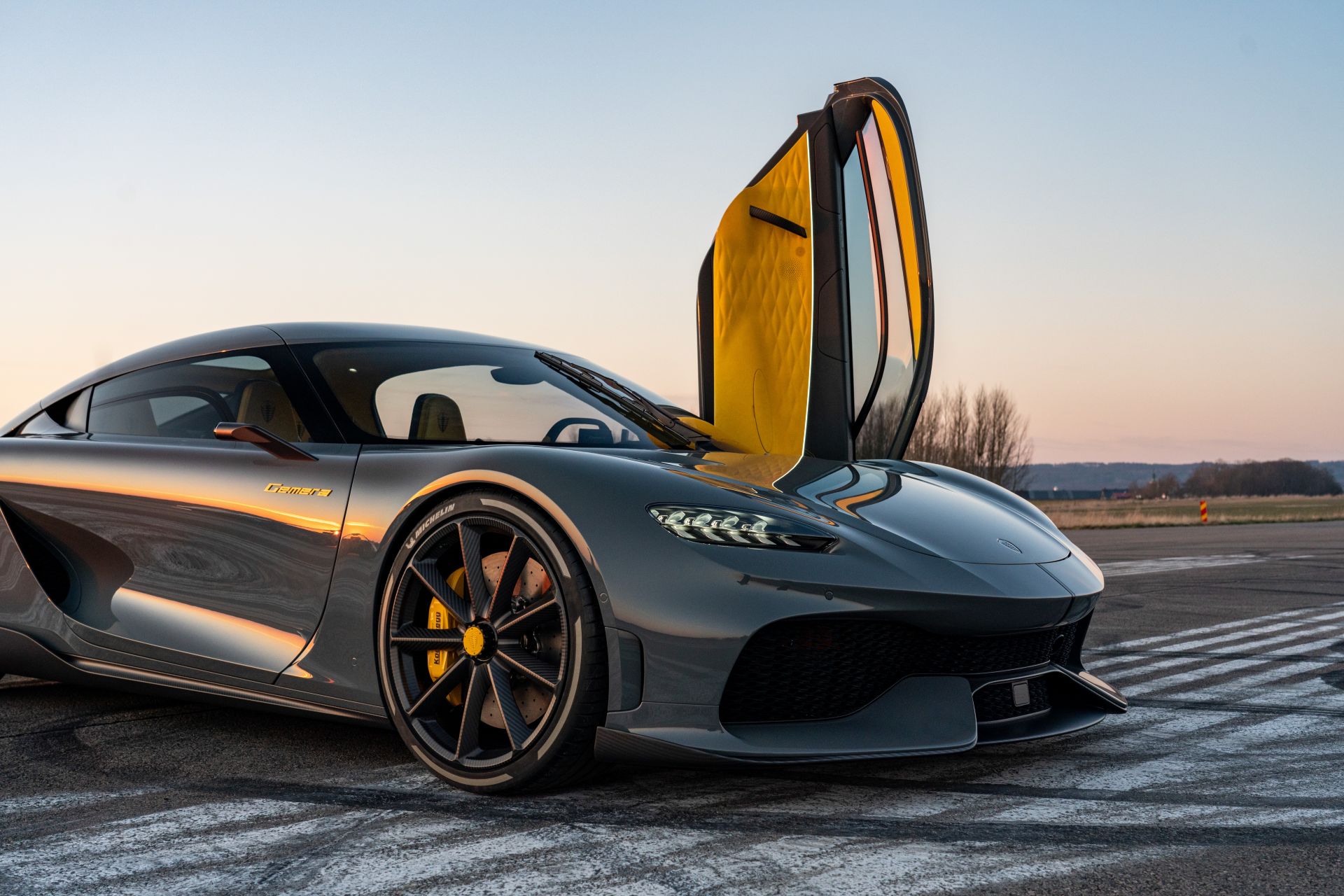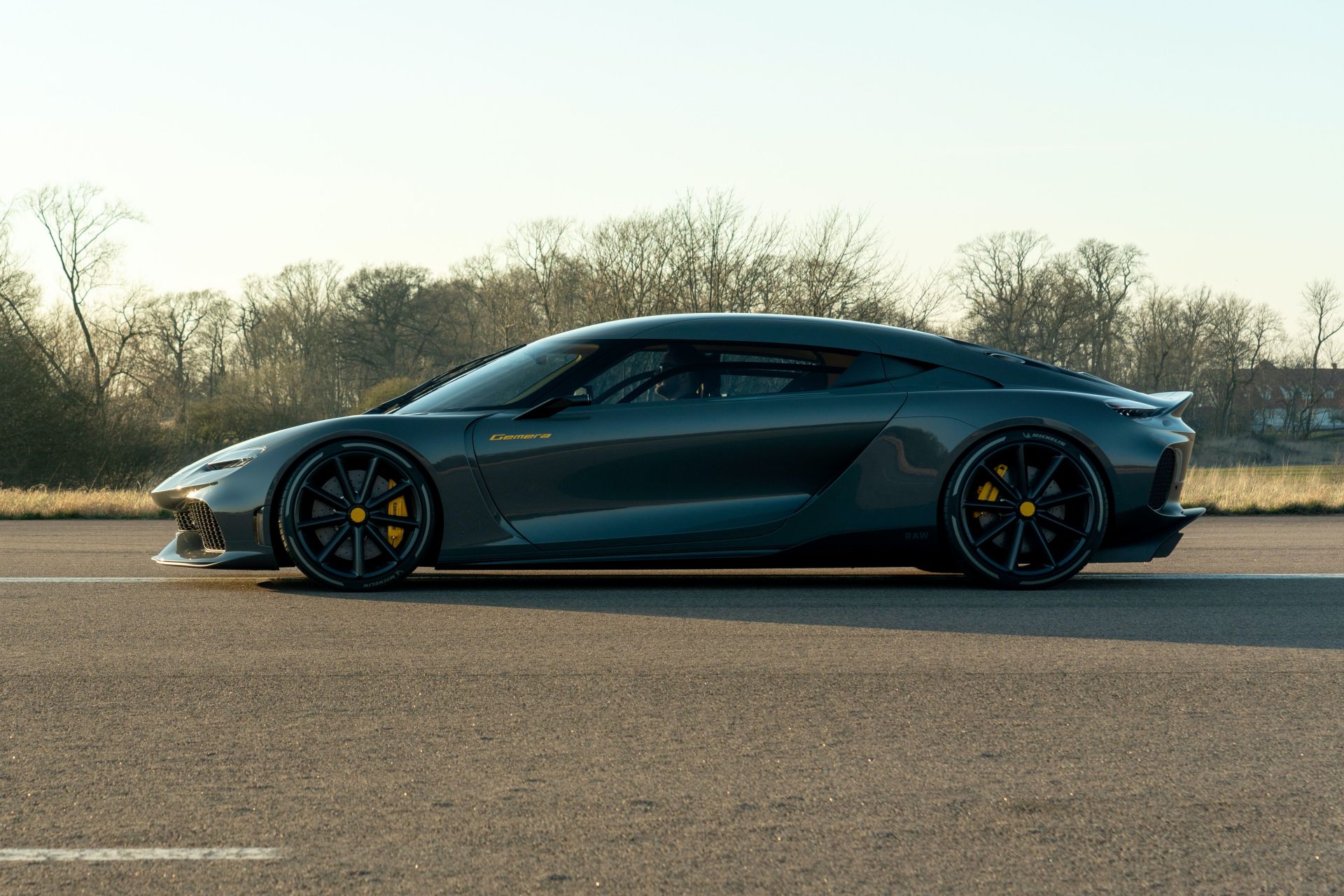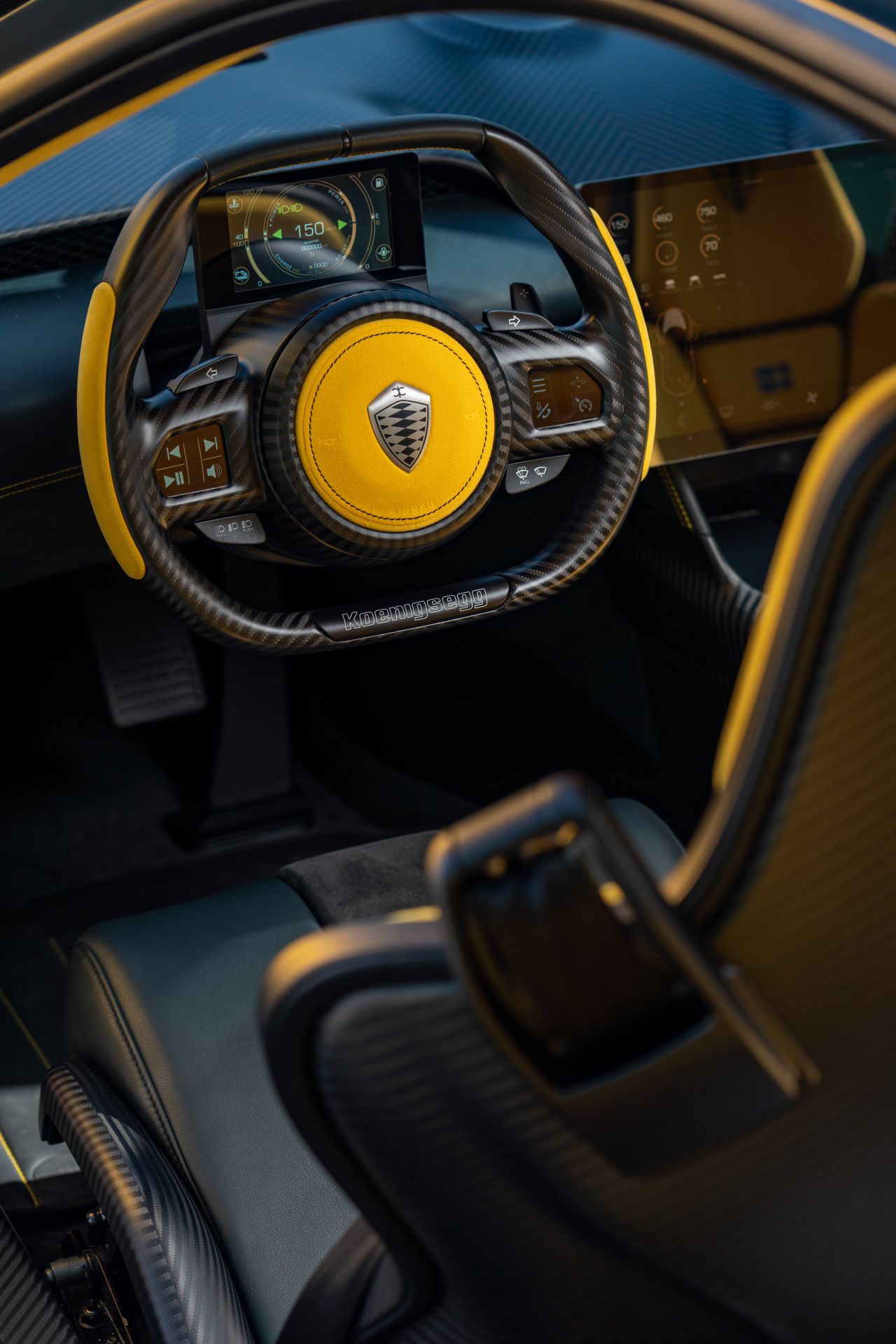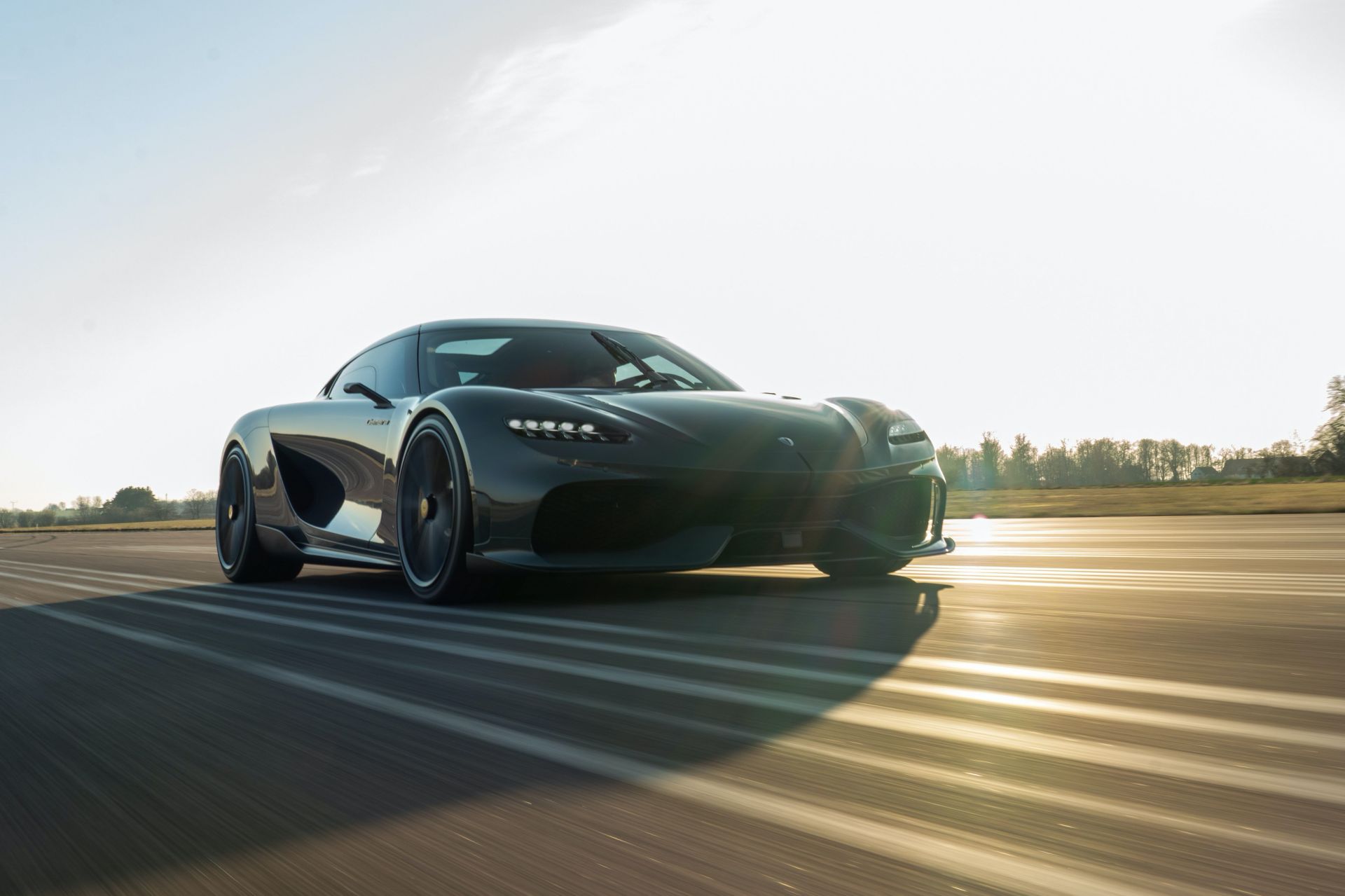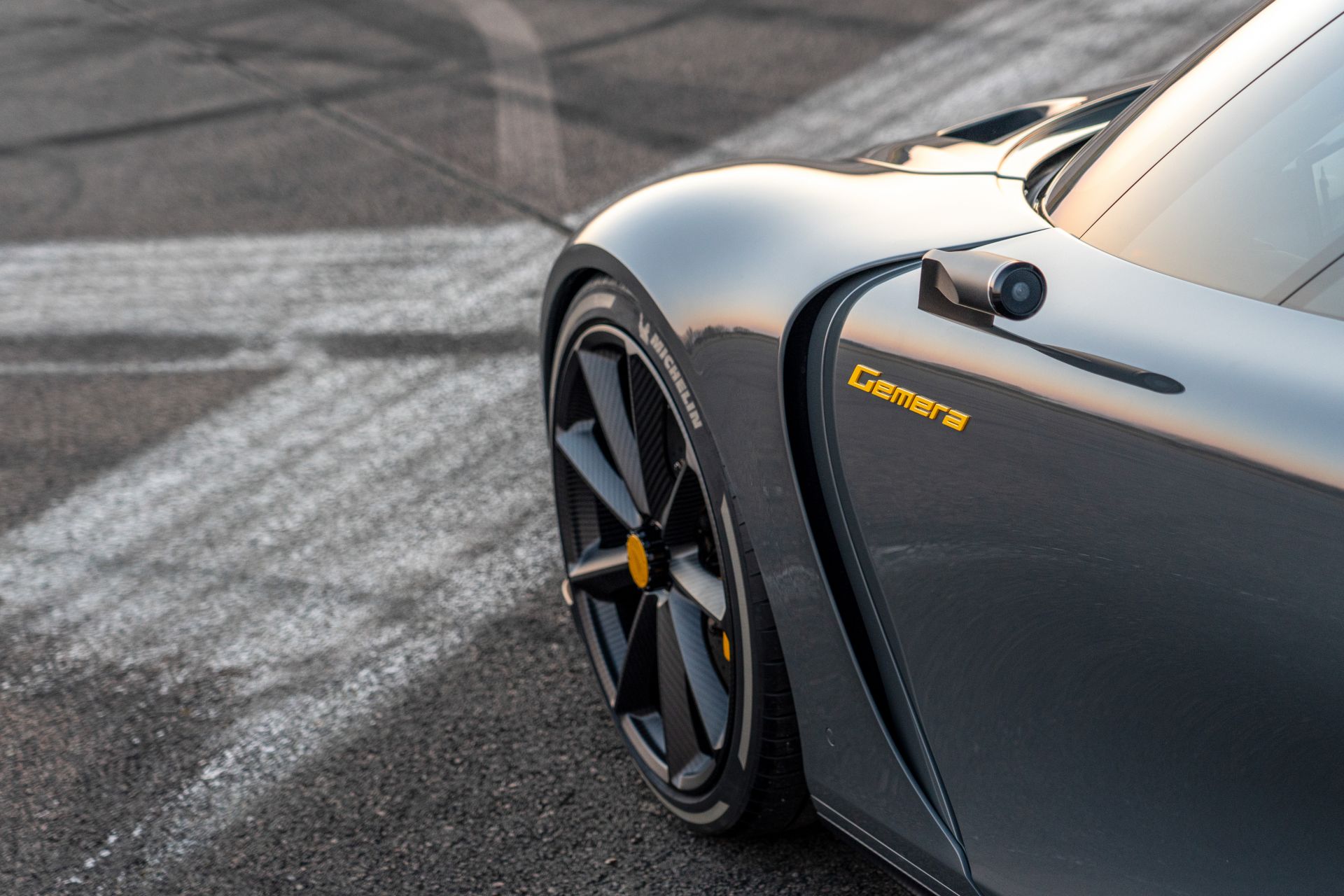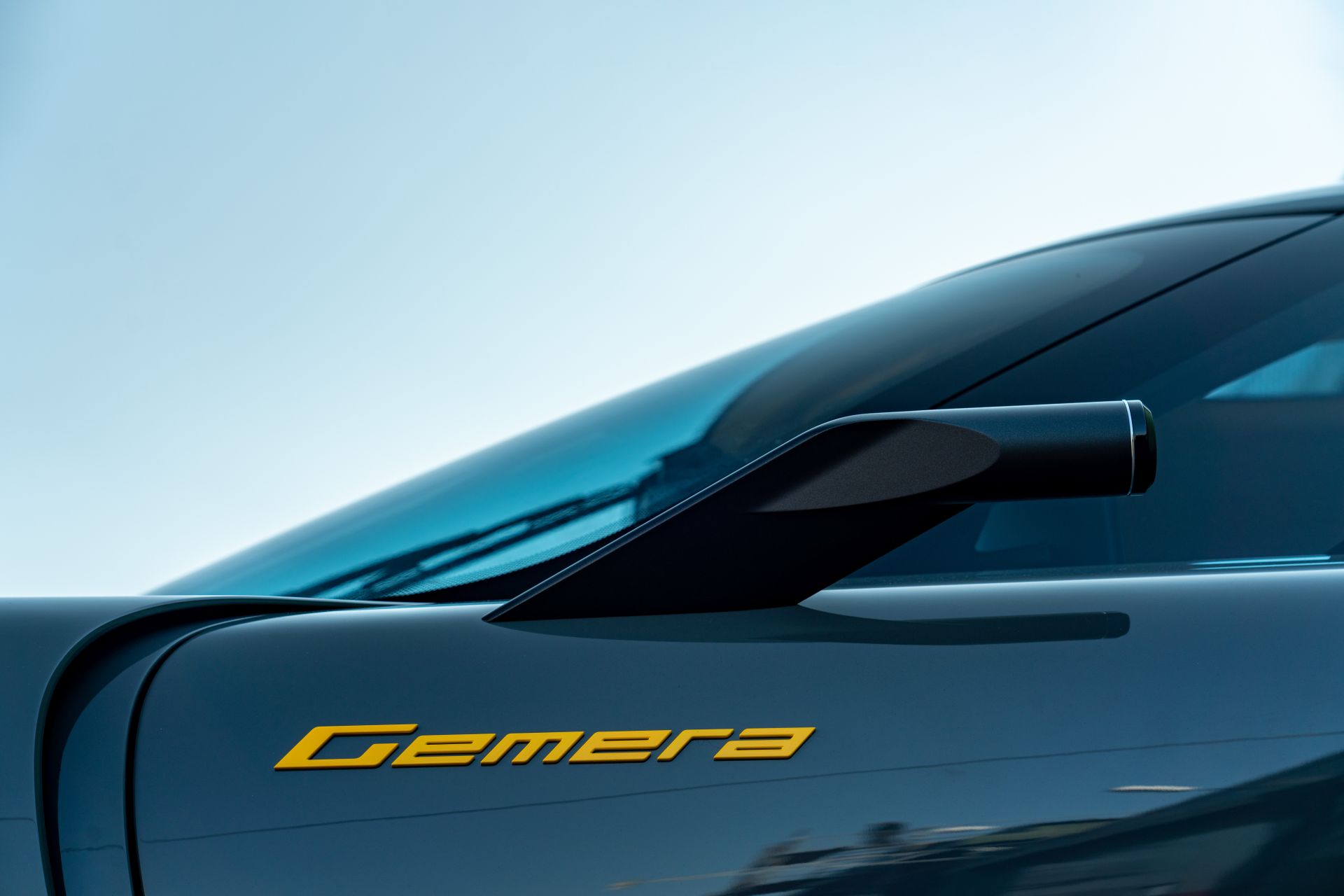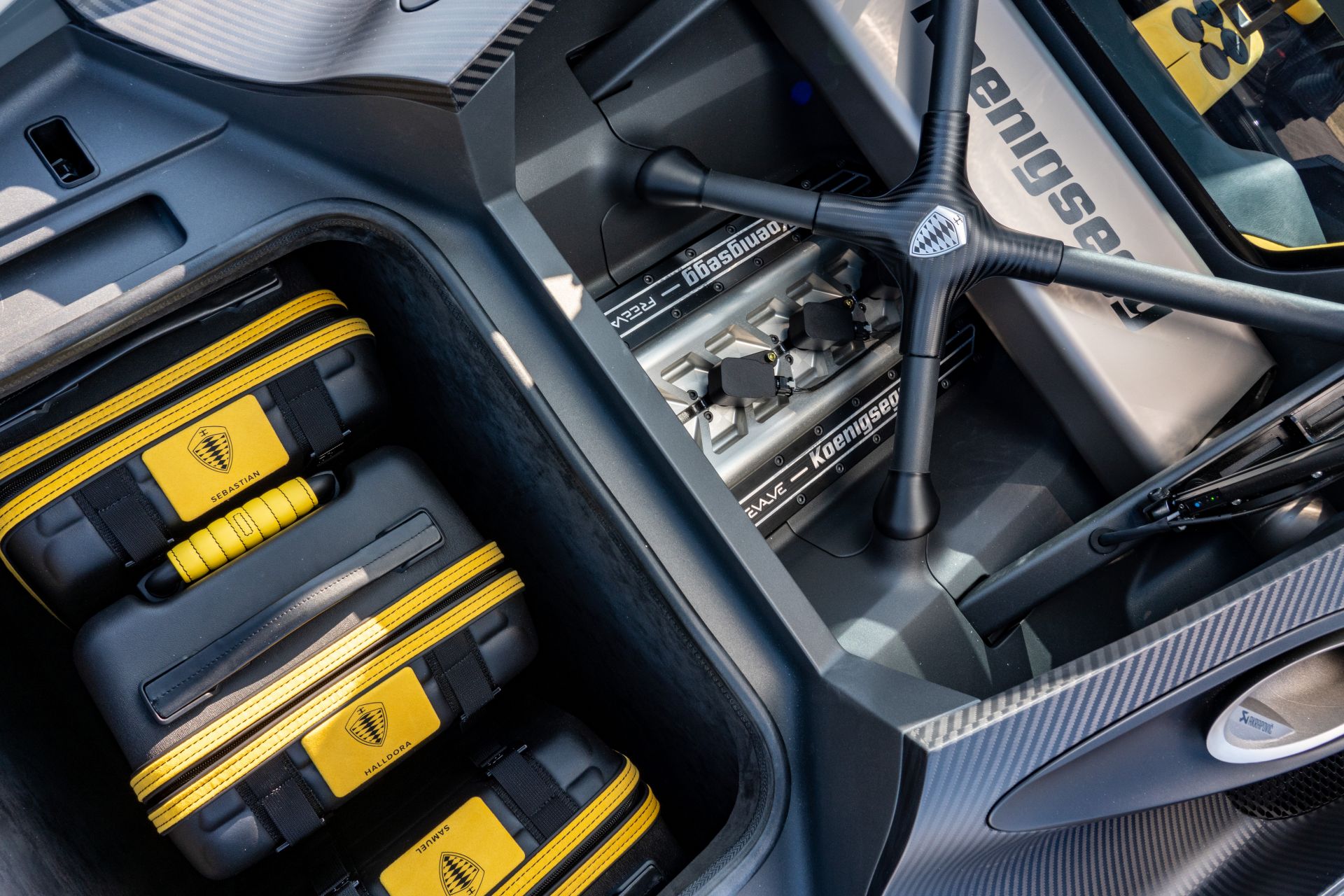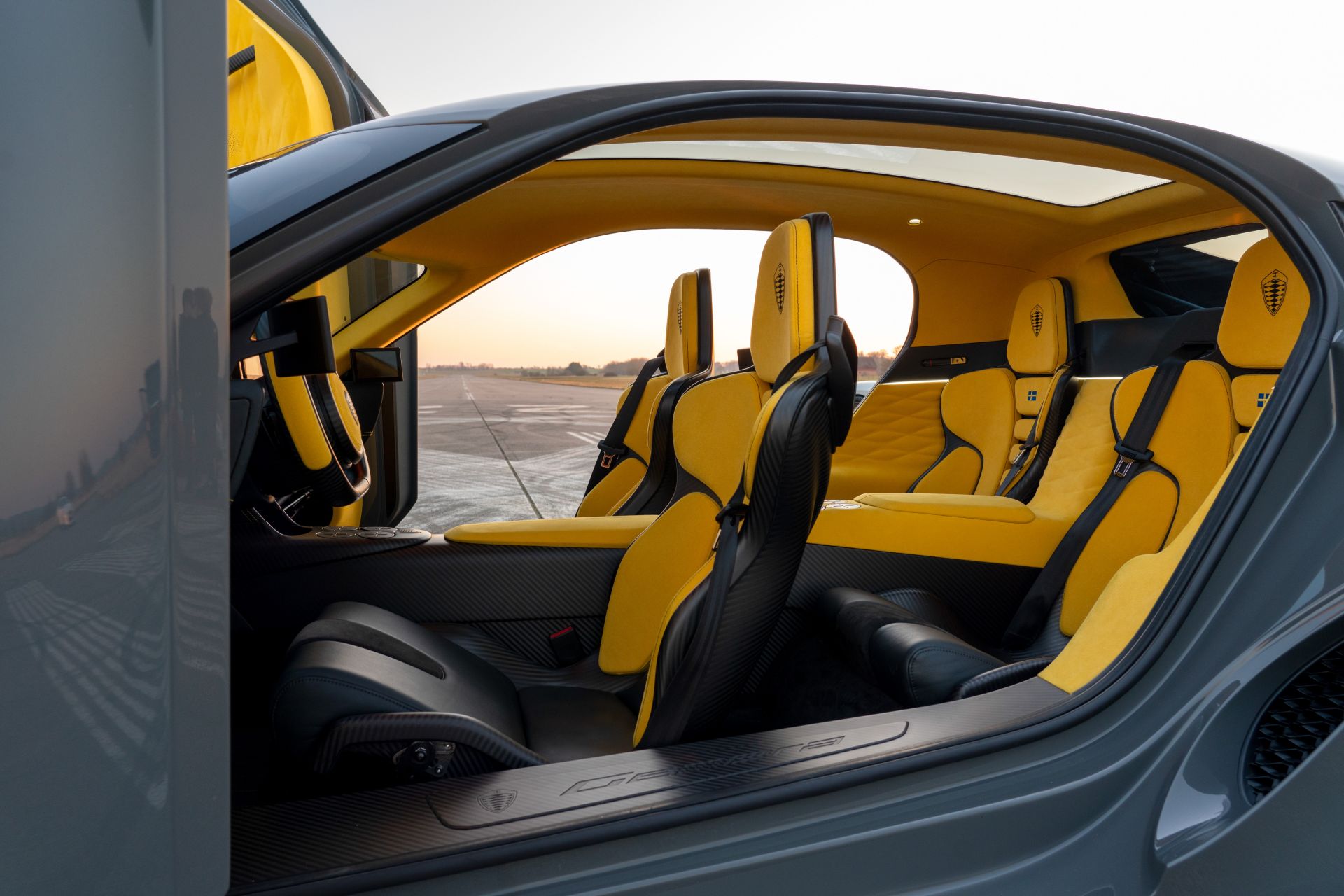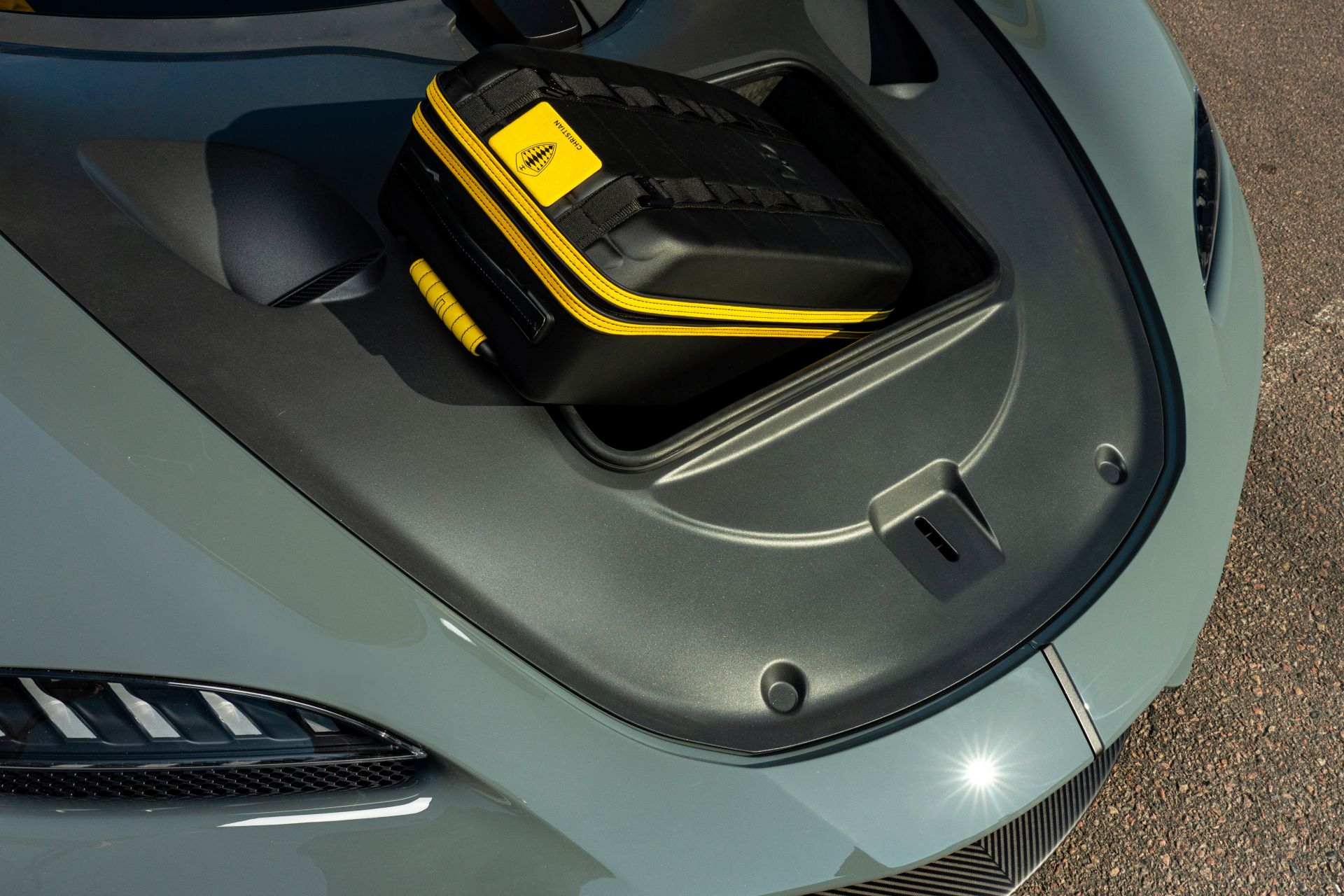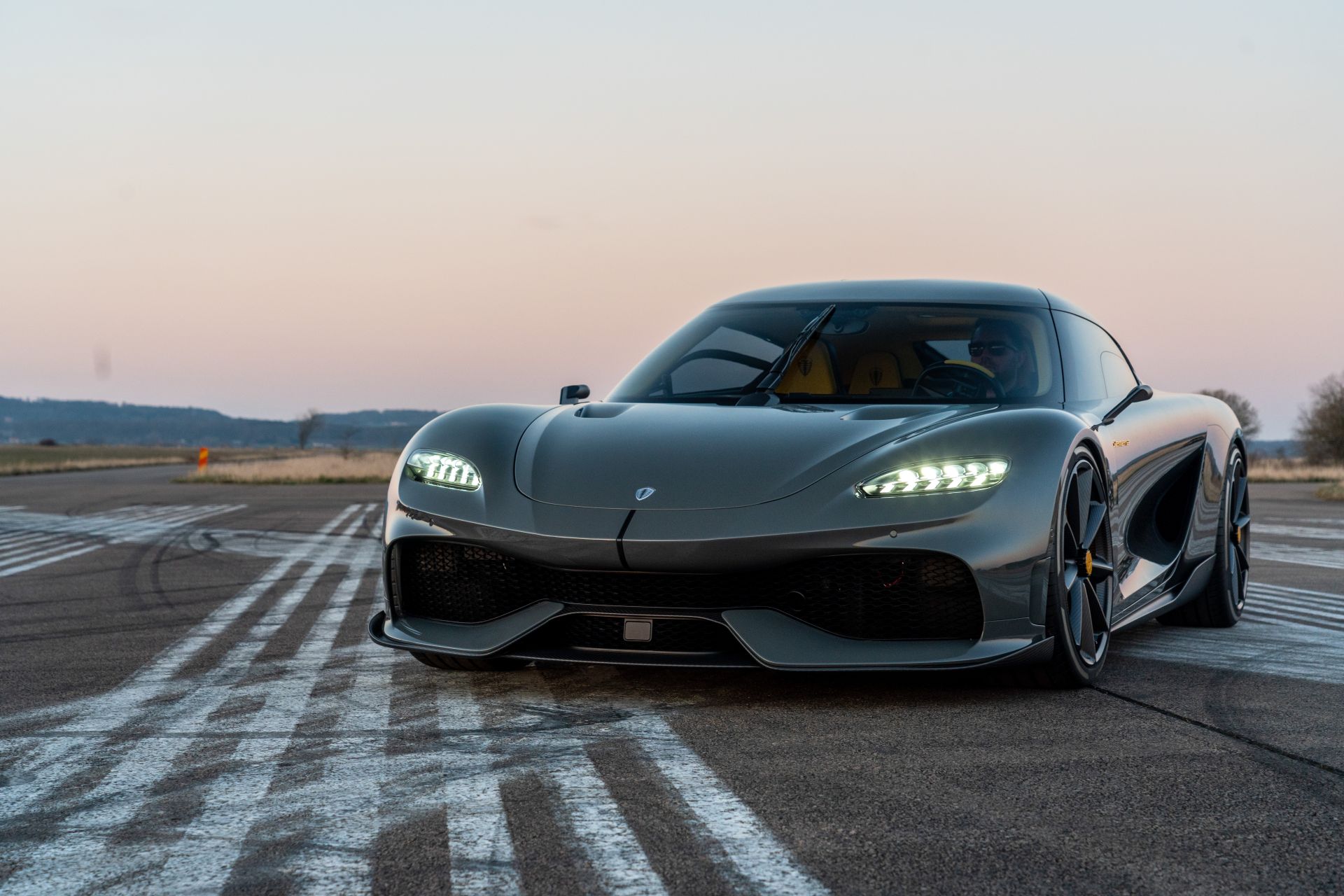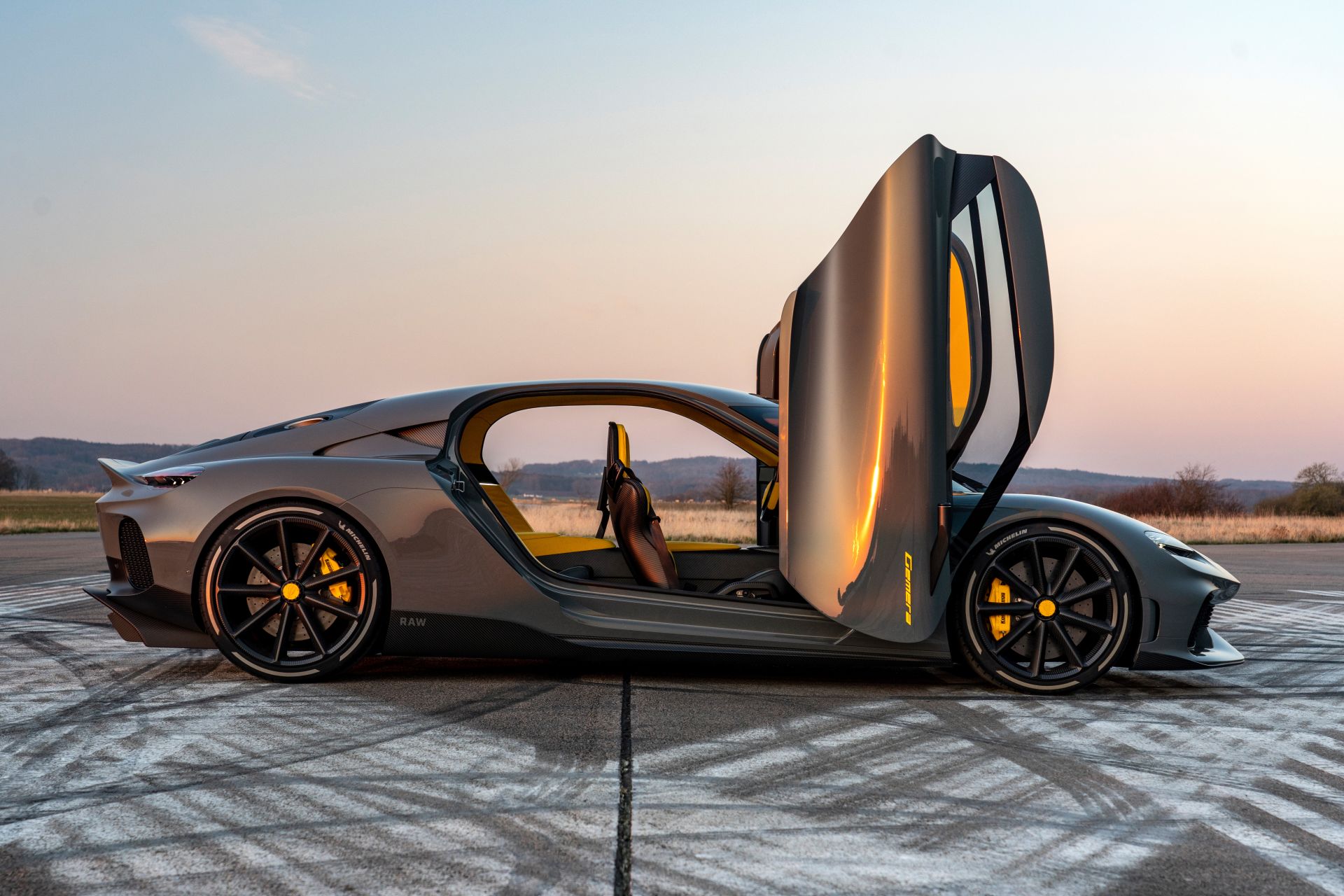The Koenigsegg Gemera is one of the most intriguing new cars unveiled so far this year – if not the most intriguing.
What else would you call a four-seater AWD hypercar with a wheelbase of a base Mercedes S-Class, two massive dihedral doors and 1,700 HP from a plug-in hybrid powertrain? Well, we know what Christian von Koenigsegg likes to call it: a Mega GT.
One cannot bring up the Gemera without mentioning the 2.0-liter twin-turbo three-cylinder Freevalve camless engine, which is named the Tiny Friendly Giant (TFG).
See Also: Koenigsegg Designer Shows Alternative Proposals For The Gemera
This innovative internal combustion unit can run on any renewable fuel source, including ethanol, CO2-neutral methanol, E85, or normal petrol. Part of the plug-in hybrid system, it delivers 600 HP and 442 lb-ft (600 Nm) of torque on its own, with the remaining 1,100 HP coming from three electric motors.
Speaking of the motors, Koenigsegg engineers placed one on each rear wheel and one on the crankshaft of the engine. As a result, the Gemera boasts all-wheel drive, all-wheel torque vectoring and all-wheel steering.
If the Koenigsegg Gemera delivers on all its promises, it will truly be a game changer. The company claims the Gemera will go from 0 to 100 km/h (62 mph) in 1.9 seconds and hit a top speed of 400 km/h 248 mph.
Add to that the fact that the three electric motors can drive the Gemera on their own at speeds of up to 186 mph (300 km/h) and for a total distance of 31 miles (50 km) before the battery runs out of juice, and this hypercar is starting to sound too good to be true.
Hopefully we’ll learn that in 2022, when Koenigsegg plans to put the Gemera into production, in a limited run of 300 examples each costing around $1.7 million. Until then, check out these fresh photos of the Mega GT taken at the track located next to the company’s headquarters in Sweden.



